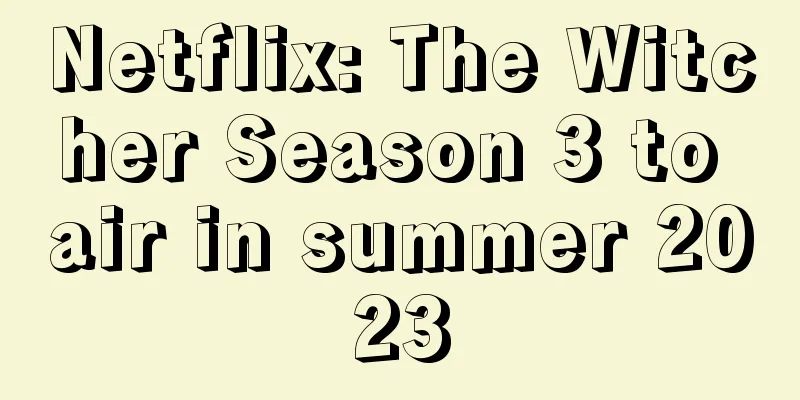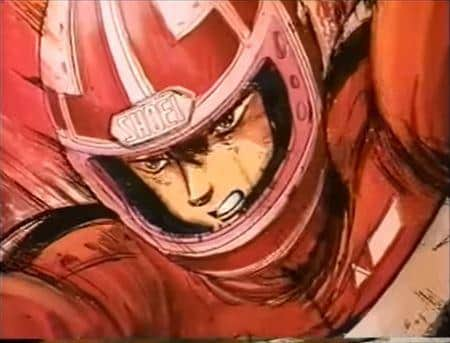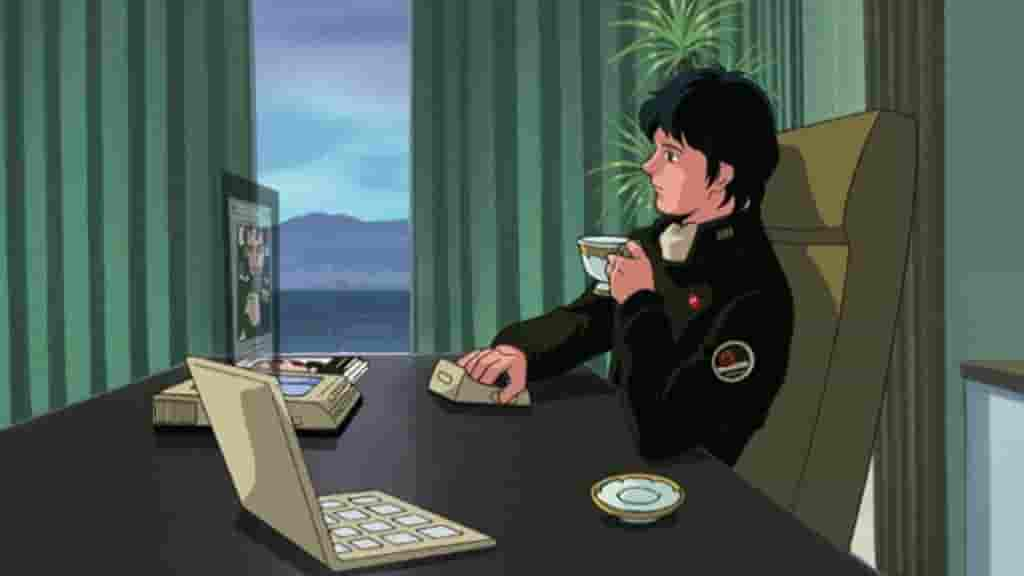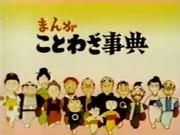The appeal and reviews of "The Black Woodcutter and the White Woodcutter": A deep story and beautiful visuals
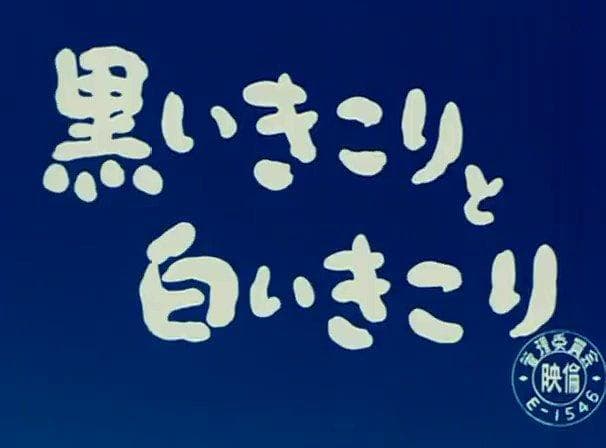
"The Black Woodcutter and the White Woodcutter": The charm of this fairy tale animation that combines warmth and coldness■Overview of the workThe Black Woodcutter and the White Woodcutter is a Japanese animated film released in 1956. It was based on a children's story by Hirosuke Hamada and was directed by Yasuji Yabushita. The film was released in theaters and succeeded in conveying a profound message in its short 15-minute run. Produced by Nichido Eigasha, Kyoiku Eiga Haikyusha, and Sanae Yamamoto, it received high praise, including winning an award at the 1956 Educational Film Festival. ■ StoryThe story is set in a snowy mountain village. When the black-hearted woodcutter runs out of food due to the snow, he shoots and kills a bear, a fox, and a squirrel that come looking for food. The three souls are left to wander the snowy mountains, but a god takes pity on them and restores them to their original forms. The three visit the hut of a warm-hearted woodcutter, who welcomes them kindly. However, a fierce snowstorm strikes the mountain, and a snow woman attacks the black-hearted woodcutter's house, freezing not only the woodcutter but also the campfire. Meanwhile, the warm-hearted woodcutter's children attack, but they are no match for the warm hut, and the snow woman retreats. This story depicts the contrast between good and evil as warmth and coldness intersect. ■ Main staffMany talented staff members were involved in the production of this work. This work was completed through the cooperation of Mori Koji, who was in charge of adaptation and key animation, Kumakawa Masao, who was in charge of key animation, Yabushita Yasuji, who was in charge of direction, Ishikawa Mitsuaki and Sakura Noriyuki, who were in charge of photography, Saito Kojun, who was in charge of music, and Nakamura Rinji, who was in charge of sound. ■ Appeal and evaluation of the work"The Black Woodcutter and the White Woodcutter" depicts a profound theme in its short running time. The contrast between warmth and coldness in the heart, and between good and evil, leaves a strong impression on the viewer. The setting of a snowy mountain village enhances the atmosphere of the story and is visually beautiful. This film is also highly regarded for its educational value, as evidenced by the fact that it won an award at the 1956 Educational Film Festival. It is also an excellent material for teaching children the importance of right and wrong and consideration for others. ■ Background and historical significance"The Black Woodcutter and the White Woodcutter" occupies an important place in the history of Japanese animation films of the 1950s. This was a period when Japanese animation began to develop, and many works were produced. In particular, there was an increase in works that served as educational films, with emphasis on their educational effects on children. This film is one of them, and its win at the Educational Film Festival is testament to its significance. The fact that the original story is a fairy tale by Hirosuke Hamada also adds to the appeal of this work. Hirosuke Hamada is a well-known author in the world of Japanese children's literature, and his works have been loved by many children. This work continues that tradition, deeply moving children. ■Character AnalysisThis work features two main characters, a black-hearted woodcutter and a warm-hearted woodcutter. The black-hearted woodcutter is selfish and ruthless, and shoots and kills animals that come to him in search of food. On the other hand, the warm-hearted woodcutter is considerate of others and kindly welcomes animals in trouble. The contrast between these two characters symbolizes the theme of the story. The three animals, the bear, the fox and the squirrel, also play important roles. They are shot and killed by the evil-hearted woodcutter, but are restored to their original form by the power of God and visit the warm-hearted woodcutter's hut. These three animals are important elements in drawing the contrast between good and evil, and contribute greatly to the progression of the story. ■Video and MusicThe visuals of "The Black Woodcutter and the White Woodcutter" depict the beauty of a snowy mountain village. Snow-capped mountains, frozen rivers, and a silvery world are visually expressed, drawing the viewer into the world of the story. In addition, the powerful force of a blizzard is depicted in the scene where the Yuki-onna attacks, creating a visual impact. The music also adds to the appeal of this work. Saito Kojun's music enhances the atmosphere of the story and stirs the emotions of the viewer. In particular, the music that heightens the tension during the Yuki-onna attack scene leaves a strong impression on the viewer. ■ Recommendations and how to watch"The Black Woodcutter and the White Woodcutter" is a work that can be recommended to a wide range of people, from children to adults. In particular, it is a perfect material for teaching children the importance of distinguishing between right and wrong and the importance of compassion for others. It is also a work that should be watched to learn about the history of Japanese animation films in the 1950s. This work can now be viewed on DVD and through internet streaming. If you value its educational value, we recommend watching it at school or at home. Also, those who are interested in the history of animation films can gain a deeper understanding by watching this film together with related books and materials. Conclusion"The Black Woodcutter and the White Woodcutter" is a fairy tale animation that depicts the contrast between good and evil as warmth and coldness of heart intertwine. It depicts deep themes in a short running time, drawing viewers in with its visual beauty and the power of music. It is also highly regarded as an educational film, and occupies an important place in the history of Japanese animation films of the 1950s. It is a work that can be recommended to a wide range of people, from children to adults, and is one that you should definitely watch. |
>>: Review of "Five Little Monkeys": A moving story and fascinating characters
Recommend
The box office of the movie "Demon Slayer: Kimetsu no Yaiba the Movie: Mugen Train" exceeded 20.4 billion, ranking fifth in Japanese film history
Today (November 9), the official announcement of ...
Rick and Morty to get Japanese anime adaptation later this year
The streaming platform, formerly known as HBO Max...
Spider-Man: Far From Home reveals IMAX and 4DX posters
"Mrs. Spider: The Super Sensational Awakenin...
"Neon Genesis Evangelion: │▌" official trailer announced, released on January 23, 2021
Today (December 25), the official trailer of &quo...
The appeal and reviews of "Chatty Nachudons": An anime experience you can't miss
"Chatty Nachudons" - The appeal and wor...
The Last of Us series director supports Bella: The best Ellie ever
Recently, "The Last of Us" series produ...
Kubo Obito's new short story of "Bleach" returns to focus on the story after Ichigo's main story
Today, August 10, the classic manga "Bleach&...
New stills from the first episode of Mamoru Oshii's new animation "Fire Hunter" will be aired on January 14
The new original animation "Fire Hunter"...
The trailer for Godzilla's new film "Godzilla-1.0" will be released on November 3
Today (July 12), the official "Godzilla"...
The appeal and reviews of "Seiden Hyōjō Enkokuhen": A must-see anime experience
The appeal and evaluation of "The Rig Veda: ...
The main artist of the comic-adapted Japanese drama "There's Something Wrong with Us" Minami Hamabe is stunningly beautiful
The Japanese TV series of the same name adapted f...
The appeal and reputation of Bikkurimen: An anime experience full of surprises
Bikkurimen - Nostalgic characters revived in mode...
Officially confirmed! "Jiang Ziya" is scheduled to be released nationwide on the first day of the Lunar New Year in 2020
renew: Today (September 25), another animated fil...
The heroine of the live-action movie "Snow White" responded to the controversy: We are politically correct
According to foreign media Vanityfair, Rachel Zeg...
Disney's live-action version of "Mulan" will start filming in 2018 and will be shot in China
According to foreign media reports, the live-acti...


